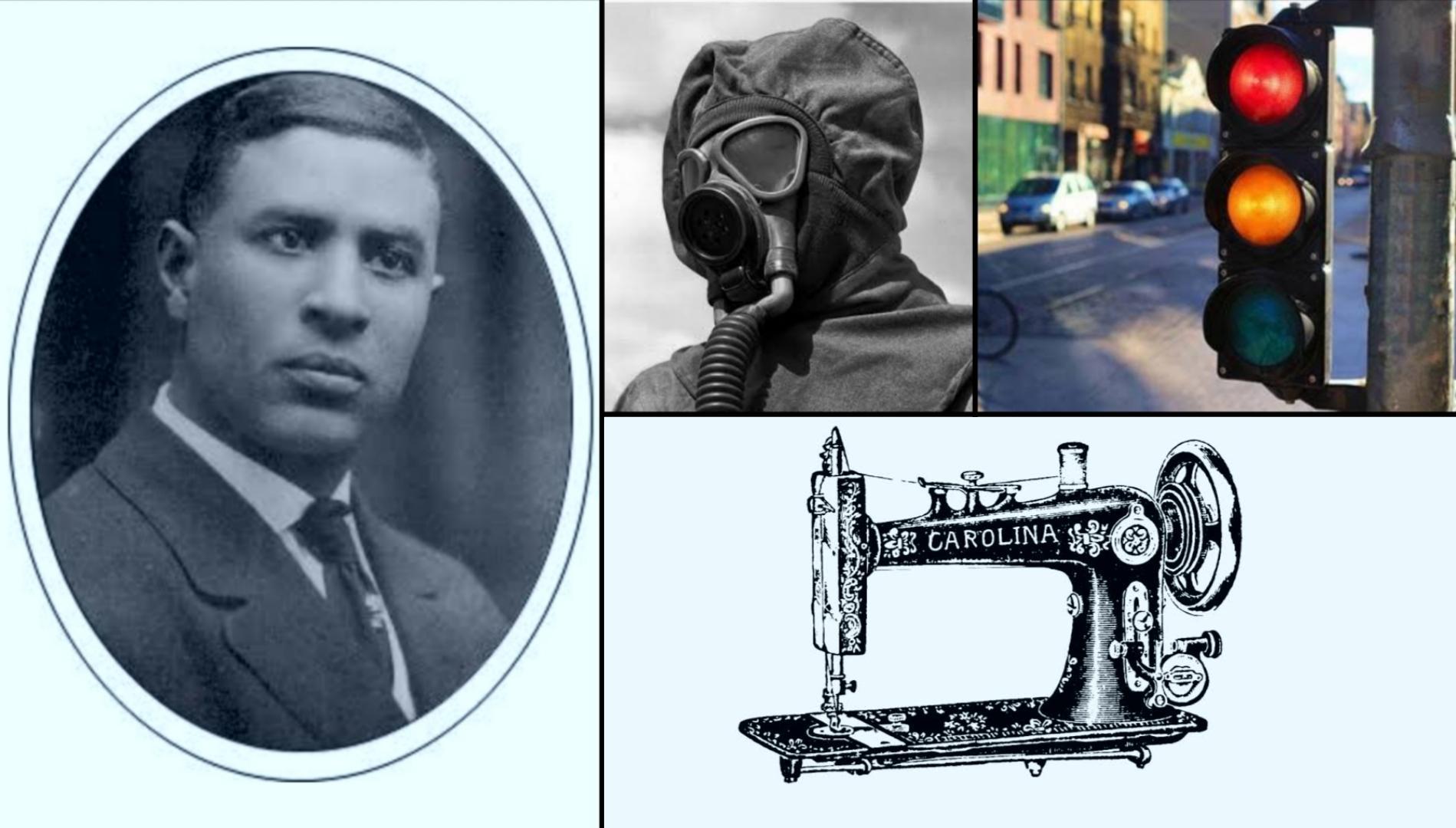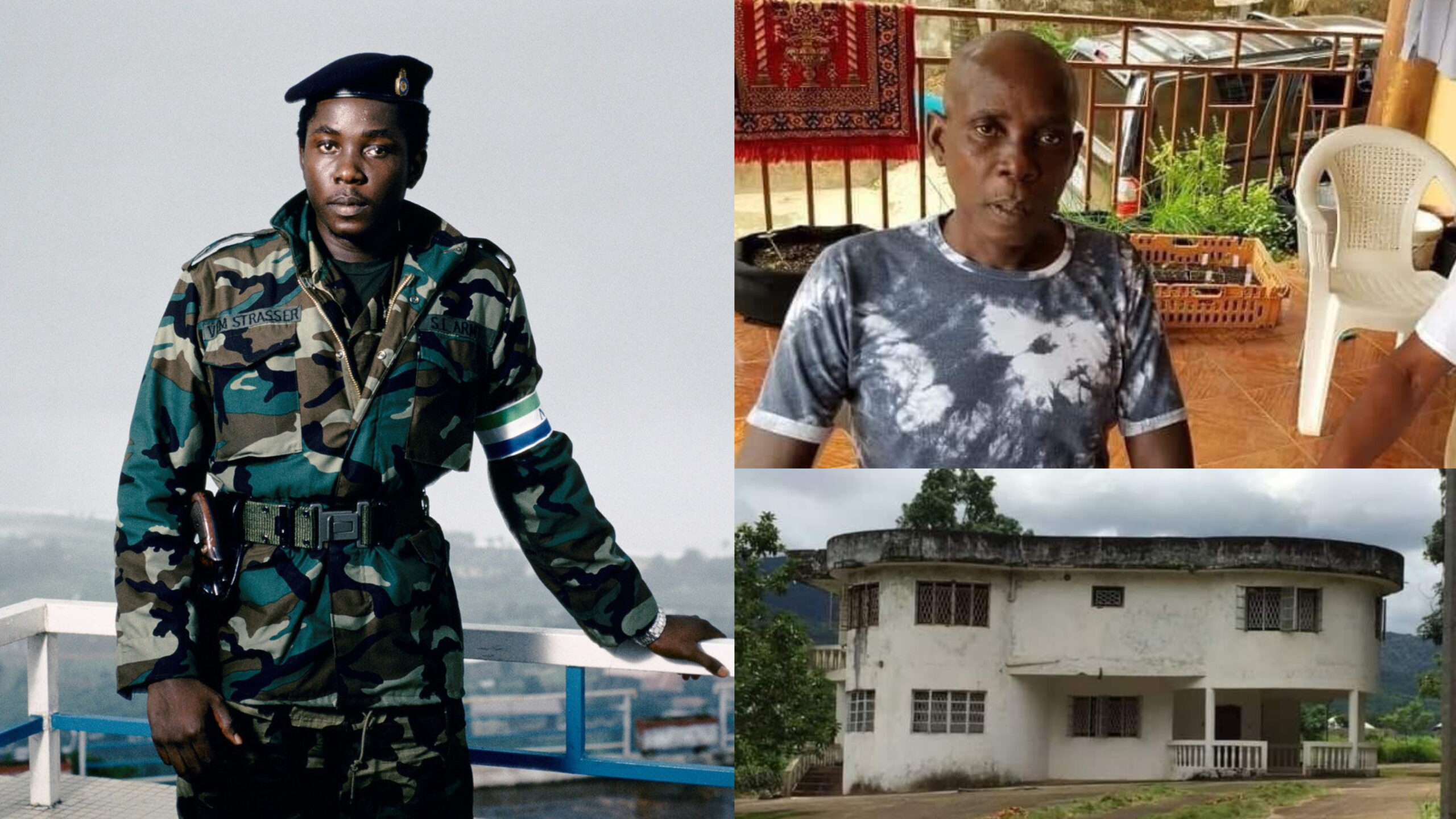Garrett Augustus Morgan, Sr. was an African-American inventor, businessman, and community leader. He was born in 1877 on March 4 and died in 1963 on July 27. Garrett Morgan was a groundbreaker for African American inventors with his patents. He invented many, including hair straightening products, a breathing device, a revamped sewing machine, and an excellent traffic signal.
Garrett Morgan started his career as a sewing-machine mechanic with just an elementary education. He continued to patent a range of inventions, including an improved sewing machine and traffic signal, a tool for hair straightening, and a breathing system that would later provide the WWI gas mask blueprint.
Garrett Morgan was born in Paris, Kentucky on March 4, 1877. His mother was African-American of Indian descent, and the daughter of a Baptist Minister. His father, Sydney, was a freed slave, he was the son of the Confederate colonel John Hunt Morgan. Morgan’s mixed-race background had an impact on his career as an adult.

When Morgan was in his mid-teens, he moved to Cincinnati, Ohio, to look for work, and found it as a handyman to a wealthy landowner. While Morgan only completed elementary school education, he paid for an extra lessons from a private tutor. Employment at a number of sewing-machine factories caught young Morgan’s imagination and determined his future. Learning about the workings of sewing machines and how to fix them, Morgan became an entrepreneur who opened a repair shop.
Morgan’s business was a great achievement, and it helped him to marry a Bavarian woman called Mary Anne Hassek, and to establish himself in Cleveland. Morgan and his wife had three sons.
G.A. Morgan Hair Refining Company
Morgan’s patented sewing machine eventually opened the way to his financial dependence, although in a somewhat unorthodox way, following the momentum of his business success: Morgan was working with sewing machines in his newly opened tailoring shop in 1909, a business he had opened with wife Mary, who had experience as a seamstress, when he found woolen cloth that had been scorched by a sewing boss. At the time, because sewing-machine needles operated at such high speeds, it was a common problem. Morgan experimented with a chemical solution in an attempt to minimize the friction produced by the needle in order to mitigate the issue and subsequently found that the hairs of the cloth were straighter.
Morgan eventually tried the concoction on himself after trying his remedy to have a positive effect on a nearby future. He launched for the first time the G.A. when that worked. Morgan Hair Refining Company and sold African Americans with the cream. The business was extremely profitable, giving financial stability to Morgan and enabling him to pursue other interests.
Inventions: Breathing Device
A breathing device, or’ safety hood,’ was created by Morgan in 1914, providing its wearers with a safer breathing environment in the smoke, gases and other pollution. Morgan pushed hard to sell the device, mostly to firefighters, often personally demonstrating its accuracy in fires. During World War I, Morgan’s breathing system became the prototype and precursor for the gas masks used to shield soldiers from poisonous gas used in combat. This invention won him first prize at the Second International Safety and Sanitation Exhibition in New York City.
Among buyers, particularly in the South, where racism existed palpable despite advances in African American rights, there was some resistance to Morgan’s devices. Morgan employed a white actor to pose as “the inventor” during his breathing device demonstrations in an attempt to overcome the opposition to his products; Morgan would pose as the inventor’s sidekick, dressed as a Native American man named “Big Chief Mason,” and reach places otherwise dangerous for breathing, wearing his hood. The tactic was effective; sales of the equipment, especially from firefighters and rescue workers, were fast.
The city of Cleveland drilled a new tunnel under Lake Erie in 1916 for the provision of fresh water. Workers entered a pocket of natural gas, which led to a huge explosion and trapped workers underground amidst suffocating noxious fumes and dust. Morgan and his brother put on breathing devices when he heard about the incident, made their way to the tunnel and entered as quickly as possible. Before the search operation was shut down, the brothers managed to save two lives and recover four bodies.
The attention that Morgan received from the event hurt sales despite his heroic actions; the public was now well aware that Morgan was an African American, and many refused to buy his items. In addition to the downside, neither the inventor nor his brother were adequately appreciated for their valiant efforts at Lake Erie, likely it was another influence of racial discrimination. For his efforts, Morgan was nominated for a Carnegie Medal, but unfortunately was not selected to win the award. Furthermore, some stories of the explosion identified others as the rescuers.
Although the lack of appreciation by the public for the roles of Morgan and his brother in the Cleveland explosion was undeniably disheartening, Morgan was a voracious inventor and observer who concentrated on solving problems and soon turned his attention to all sorts of things, from hats to belt fasteners to car parts.
Morgan worked on his engineering skills and invented a friction drive clutch as the first black man in Cleveland to own a car. Then, in 1923, after seeing a car accident at a particularly problematic intersection in the city, he created a new kind of traffic signal, one with a warning light to tell drivers that they would need to stop. In the United States, Britain and Canada, Morgan soon obtained patents for his traffic signal, a rudimentary version of the standard three-way traffic light, but ultimately sold the rights for $ 40,000 to General Electric.
Social Activism
Aprt from inventing career, Morgan actively served the African American community during his lifetime. He was a member of the newly formed National Association for the Advancement of Colored People, was active in the Cleveland Association of Colored Men, donated to Negro colleges and opened an all-Black country club. In addition, he launched African American newspaper the Cleveland Call which was later named as ‘the Call and Post’ in 1920, an African American newspaper.

In 1943, Morgan began developing glaucoma and, as a result, lost much of his sight. On July 27, 1963, shortly before the celebration of the Emancipation Proclamation centennial, an event he had been waiting for. The experienced inventor died in Cleveland, Ohio. Just before his death, Morgan was honoured for his traffic signal invention by the U.S. government, and he was effectively credited as a hero of the Lake Erie rescue to his place in history.
With his profound innovations, Morgan improved and saved countless lives worldwide, including those of firefighters, soldiers and vehicle operators. His work provided the blueprint for many significant inventions that came later and continues to inspire and serve as a foundation for research undertaken by modern-day inventors and engineers.
Source: Biography
 The African History Truly African
The African History Truly African

